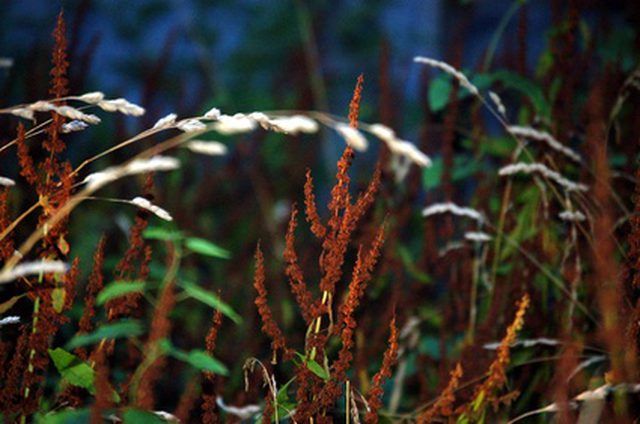Bulbs
Flower Basics
Flower Beds & Specialty Gardens
Flower Garden
Garden Furniture
Garden Gnomes
Garden Seeds
Garden Sheds
Garden Statues
Garden Tools & Supplies
Gardening Basics
Green & Organic
Groundcovers & Vines
Growing Annuals
Growing Basil
Growing Beans
Growing Berries
Growing Blueberries
Growing Cactus
Growing Corn
Growing Cotton
Growing Edibles
Growing Flowers
Growing Garlic
Growing Grapes
Growing Grass
Growing Herbs
Growing Jasmine
Growing Mint
Growing Mushrooms
Orchids
Growing Peanuts
Growing Perennials
Growing Plants
Growing Rosemary
Growing Roses
Growing Strawberries
Growing Sunflowers
Growing Thyme
Growing Tomatoes
Growing Tulips
Growing Vegetables
Herb Basics
Herb Garden
Indoor Growing
Landscaping Basics
Landscaping Patios
Landscaping Plants
Landscaping Shrubs
Landscaping Trees
Landscaping Walks & Pathways
Lawn Basics
Lawn Maintenance
Lawn Mowers
Lawn Ornaments
Lawn Planting
Lawn Tools
Outdoor Growing
Overall Landscape Planning
Pests, Weeds & Problems
Plant Basics
Rock Garden
Rose Garden
Shrubs
Soil
Specialty Gardens
Trees
Vegetable Garden
Yard Maintenance
How to Make a Herbicide Wick
How to Make a Herbicide Wick. An herbicide wick allows herbicide to be brushed onto weeds without getting any on crops or plants. This ensures that only unwanted weeds are killed. The wick is made with rope and PVC pipe. It has a long handle so it is easy to use. Herbicide wicks can be made at home.

An herbicide wick allows herbicide to be brushed onto weeds without getting any on crops or plants. This ensures that only unwanted weeds are killed. The wick is made with rope and PVC pipe. It has a long handle so it is easy to use. Herbicide wicks can be made at home.
Things You'll Need
3/4 inch thick PVC pipe 40 inches in length
3 PVC male threaded PVC pipe ends (each 3/4 inch thick)
3/4 inch thick PVC "T" fitting
3 PVC screw on caps (each 3/4 inch thick)
1 can PVC cement
16 inch braided nylon rope (5/8 inch thick)
10 feet cotton string
9/16 inch spade drill bit
Lighter
Handsaw
Cut off 4 inches from the 40-inch PVC pipe.
Use cement to secure the "neck" of the PVC "T" fitting into one end of the 36-inch PVC pipe.
Use cement to secure one of the male pipe ends into the other end of the 36-inch PVC pipe.
Cut the remaining 4-inch PVC pipe into two equal parts.
Secure each 2-inch PVC pipe piece into the two opening of the PVC "T" with cement.
Take the two remaining male pipe ends and secure one onto each 2-inch PVC pipe with cement.
Use the 9/16-inch spade drill bit to drill a hole into two of the end caps.
Use a lighter to slightly burn each end of a nylon rope so they will harden.
Put the ends of the rope through the male threaded PVC ends.
Wrap each end of the rope with 2-inch pieces of string.
Slide the caps with drilled holes onto the strings and twist them onto the male PVC ends.
Put the remaining screw cap onto the final opening. The cap is removed when filling it when herbicide.
Tips & Warnings
Fill the tube with water first to measure the amount of water-soluble herbicide solution it will hold. Use a funnel for accurate pours.